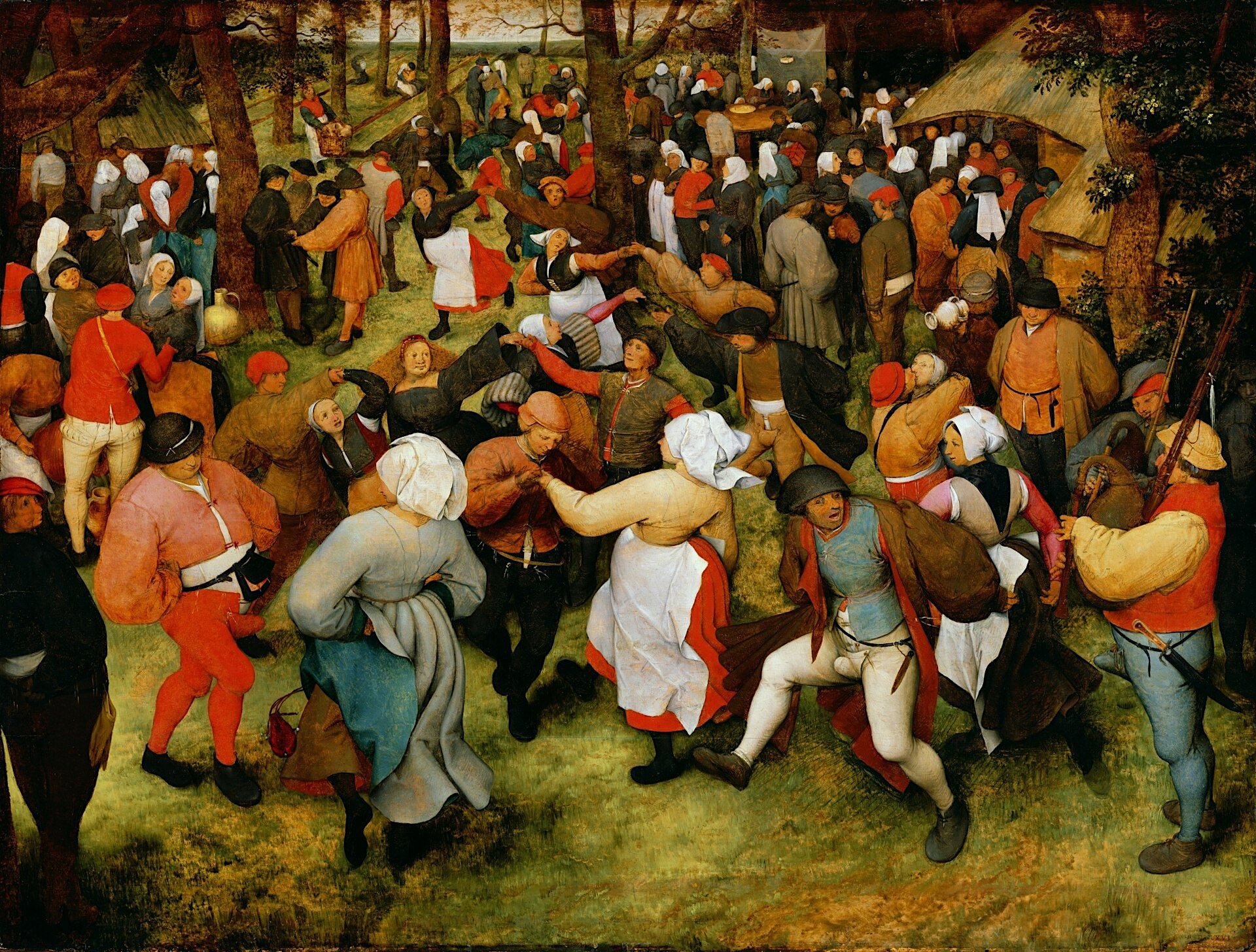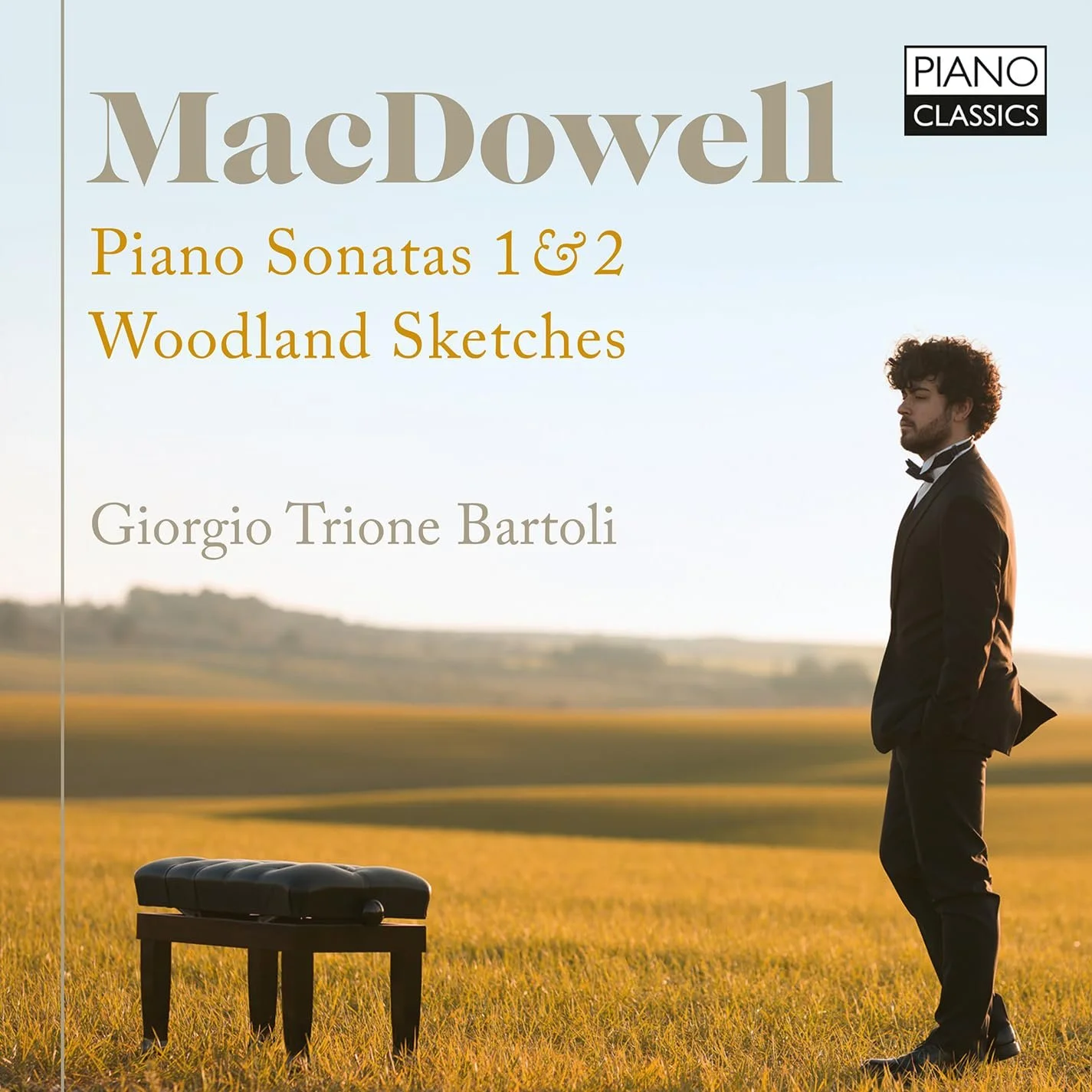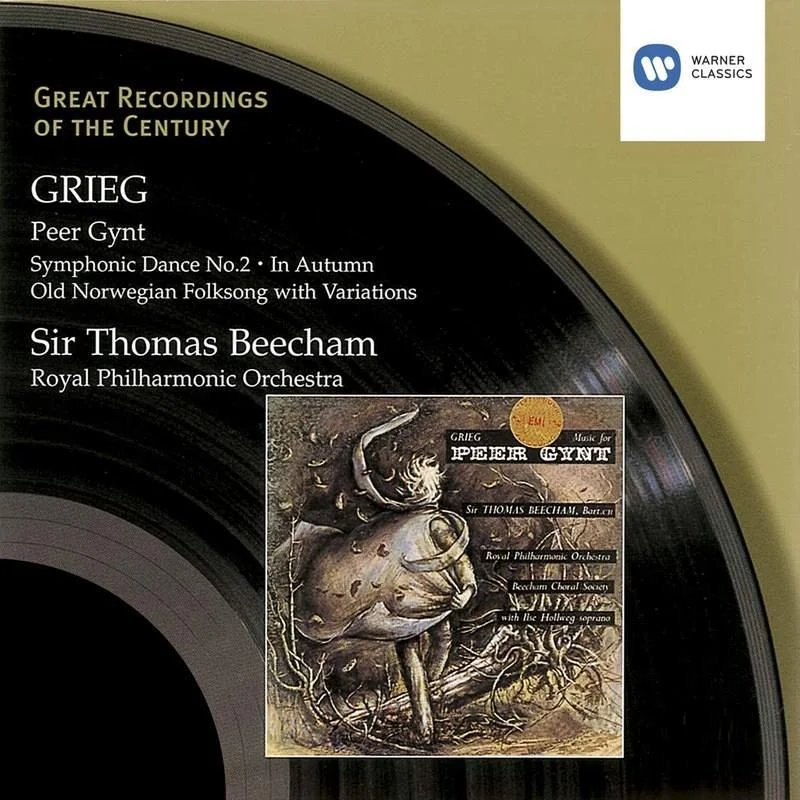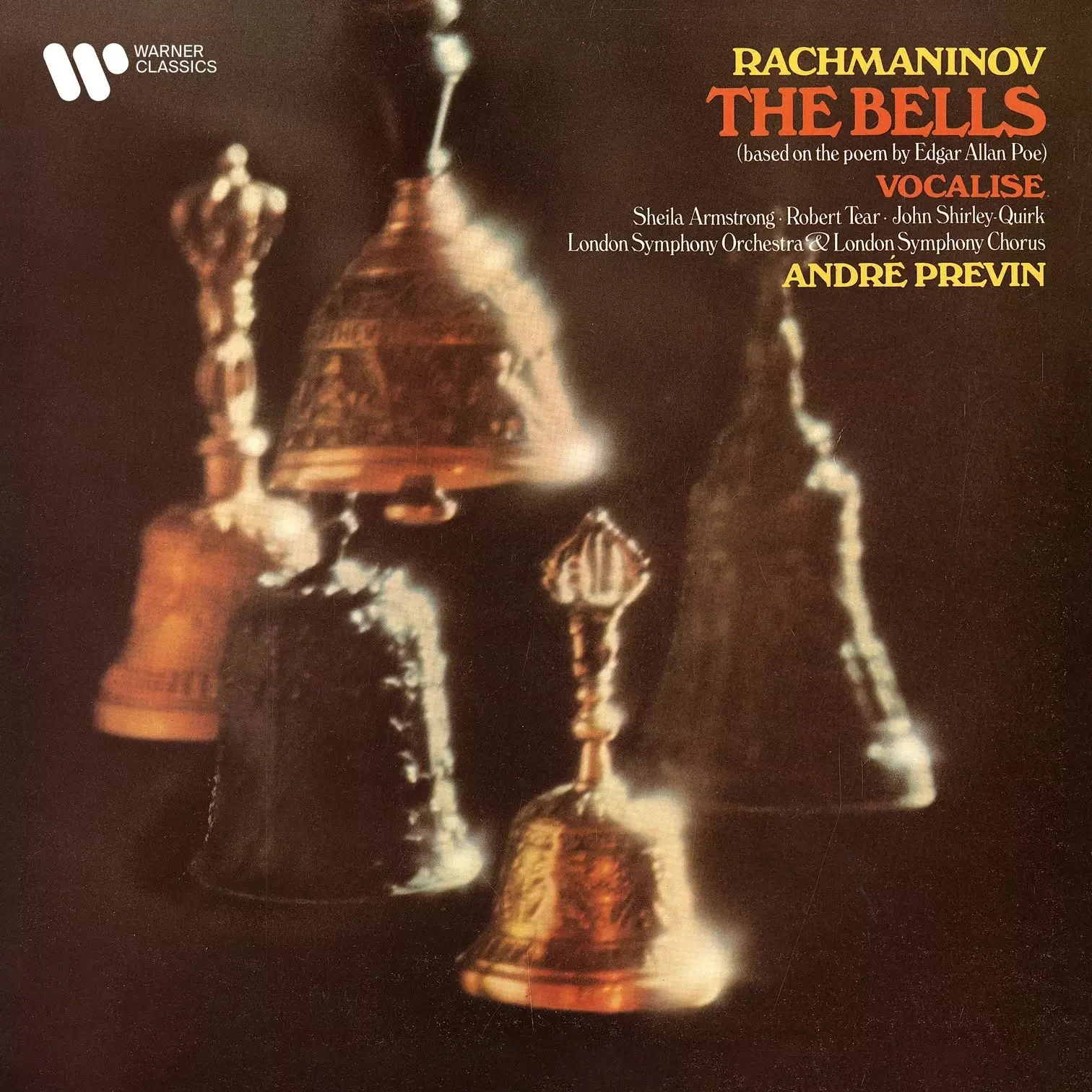TOP FIVE CLASSICAL WORKS
TO WELCOME AUTUMN
By Patrick Neas, KC Arts Beat
This year, it seems like fall will never arrive. If you love autumn like I do, temperatures in the mid-80s in the middle of October are depressing. Here’s some music to put you in an autumnal mood until the cooler, damper weather arrives. And it will arrive, won’t it?
As an Amazon associate, I earn from qualifying purchases.
No. 1: antonín dvořák’s slavonic dances
1. Nothing sounds more like an autumn harvest festival than the Slavonic Dances of Antonín Dvořák. Both sets, Op. 46 and Op. 72, are a delight from beginning to end. To my ears, there’s something autumnal about so many of Dvořák’s works, but in these dances you can hear the joy of peasants gathering in the harvest, as well as a sweet nostalgia that tugs at the heartstrings. These dances are always on my autumn playlist, and there is no finer recording than that of Rafael Kubulik leading the Bavarian Radio Symphony Orchestra.
Click to purchase
NO. 2: Edward MacDowell’s Woodland Sketches
2. I love walking in the woods in the fall, and I’m sure I’m not alone. The crisp autumn air, the crunch of leaves underfoot and the heady smell of decay are just invigorating. Woodland Sketches, a suite of piano movements, by the American composer Edward MacDowell captures the scene with beautifully. Besides the beloved To A Wild Rose, there are also movements like At an Old Trysting Place, From Uncle Remus, In Autumn, From an Indian Lodge and Told at Sunset. This is music to set the perfect autumn mood.
Surprisingly, there are very few recordings available of Woodland Sketches. One out-of-print recording I highly recommend is an absolutely delightful arrangement performed by the Beau Hunks, a Dutch music ensemble that specializes in old-timey jazz and soundtracks for the films of Laurel and Hardy and Our Gang. You can often find a used recording on Amazon. Other than that, there’s a CD by the Italian pianist Giorgio Trione Bartoli. When will an American pianist record this iconic American piano music?
Edgar Allan Poe and autumn just go together. Not only is Hallowe’en the perfect time to read one of Poe’s macabre tales, but his poem The Bells also strikes an October/November mood. The poem’s tone shifts from merriment to terror, echoing autumn’s psychological undertones: nostalgia, melancholy, and the awareness of mortality. Poe’s vivid descriptions—“icy air of night,” “molten-golden notes,” “sounding cells”—paint a landscape that feels crisp, eerie, and transitional, much like October’s twilight hours.
Rachmaninoff’s setting of the poem is, in my opinion, one of his greatest masterpieces. It fuses symphonic grandeur with poetic intimacy, transforming Poe’s verse into a sweeping choral drama that captures the arc of human life through sound, emotion, and orchestration. Like so many of Rachmaninoff’s works, The Bells quotes the Gregorian chant Dies Irae, a symbol of death and judgment, which recurs throughout the piece. It was Rachmaninoff’s favorite of his own works, along with his All-Night Vigil.
Andre Previn had a feel for Rachmaninoff like few others, and his 1976 recording with the London Symphony Orchestra and Chorus has stood the test of time as one of the finest.
Henrik Ibsen’s play Peer Gynt follows Peer from youthful bravado to old age, mirroring the seasonal arc from summer’s vitality to autumn’s withering. Edvard Grieg, who could write such aching, nostalgic music, beautifully portrays the hero’s adventures, as in Act I when Peer rides a reindeer over mountains and later when Peer abducts Ingrid and flees into the forest. Grieg’s forest music has a beautiful, sun-dappled, autumnal glow. Then, of course, there’s In the Hall of the Mountain King, the work’s dramatic, troll-filled greatest hit. It’s perfect Hallowe’en music.
Sir Thomas Beecham’s classic 1956 recording with the Royal Philharmonic Orchestra and Beecham Choral Society has terrific sound and the cinematic sweep the music deserves. Soprano Ilse Hollweg’s rendition of Solveig’s Song will break your heart.
Click to purchase
Click to purchase
No. 3: SERGEI RACHMANINOFF’S THE BELLS
Click to purchase
NO. 5: ARNOLD BAX’S NOVEMBER WOODS
October has always been my favorite month, but in recent years it has become November. I think November is tremendously underrated. The barren trees, the often gloomy, gray skies with heavy clouds and biting wind just make me feel alive. I’m a goth at heart, I guess. And when the weather isn’t gloomy, the sun is low in the sky casting an introspective glow before it makes its early departure around 5 p.m. I love it so.
November must have also appealed to English composer Arnold Bax, who wrote the marvelous tone poem November Woods. He described the piece as “an impression of the dank and stormy music of nature in the late autumn.” And he creates this impression so well. Scored for large orchestra with triple winds, two harps, and celesta, Bax uses these forces with subtlety and restraint. His fascination with Celtic and Nordic landscapes informs the works’ mystical and melancholic tone.
Click to purchase
NO. 4: EDVARD GRIEG’S PEER GYNT
Click to purchase
For 25 years, Patrick Neas was program director and host of the morning show on Kansas City’s classical radio station, KXTR and was also the long-time classical music writer for the Kansas City Star. He has an extensive classical CD collection, and he loves sharing his knowledge of recordings and making recommendations.







